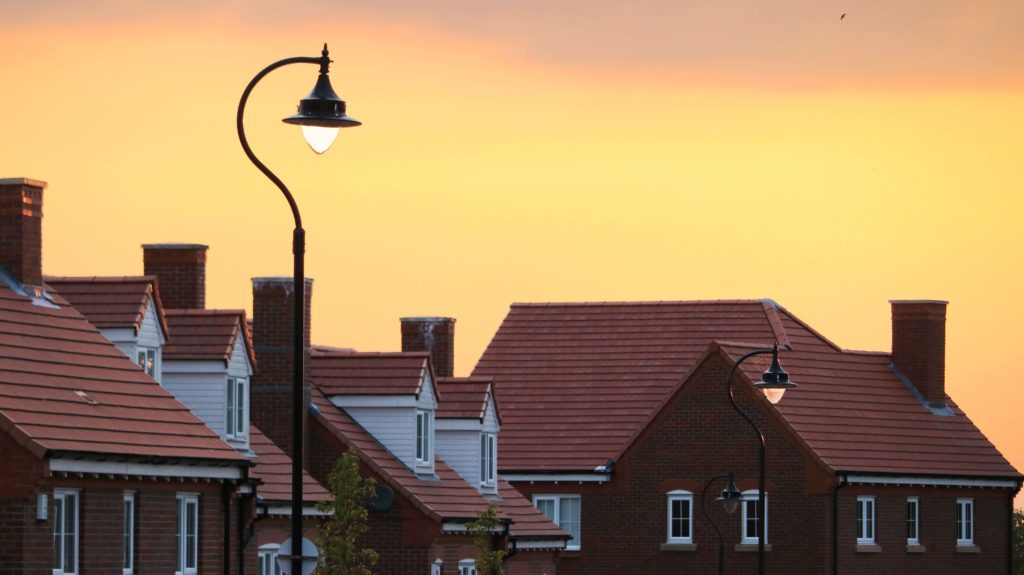Thinking about having a new roof installed onto your home? You’ve got quite a few options from which to choose. Tile, shingle and flat roofs all have their advantages, but they each have unique properties which make them ideal for certain styles of homes. Your roofer will recommend the best materials for your house, but this quick guide can also aid you in understanding the basics of these three popular roofing styles.
Tile Roofs: Ancient Origins, Unique Benefits
Clay tile roofs date back about 12,000 years to ancient China and the Middle East, but they came to the Americas with Spanish, Portuguese and Italian settlers. The Tile Roofing Institute reveals that this material is the second most popular in the world. That’s no surprise, given tile’s wide range of available colors, durability and distinctive look. They also effectively resist corrosion, weather damage and temperature extremes to last up to 50 years or more.
Does the prospect of a tile roof sound attractive? Keep in mind that you’ll need to hire a professional with specific expertise in the installation and maintenance of tile roofs. Individual tiles are susceptible to cracking or breaking under direct impacts, and they’ll require periodic inspection to ensure your roof remains airtight. Tile roofs also weigh more, so your house will also require structural analysis to verify whether it can handle the excess poundage.
Shingles: A Timeless, Sturdy Roofing Material
Asphalt shingles are also a classic roofing material, and Architect Magazine explained in a 2015 article that they became a staple in American homes in the early 20th century. Most installations will last between 20 and 30 years by sticking to a yearly inspection schedule and repairing problems as soon as they’re discovered. Their numerous advantages include ease of installation, reasonable prices, reduction of external noise, a variety of styles and color. They also boast a Class A fire resistance rating, which means they pass severe fire test exposures and have a lower rate of flame spread than other materials.
Flat Roofs: Energy Efficiency and Extra Space
Flat roofs are a common sight all over the Southwest, but they offer more benefits than just a stylish look. Also called “low slope roofs,” these versions require at least a quarter of an inch of slope per foot to permit proper drainage. Their surface areas are smaller than traditionally sloped roofs, which often translates into a lower cost of installation. Moreover, the specialized type of insulation used in flat roofs results in greater energy efficiency. In many cases, the extra space on top allows heating and cooling equipment to be placed on a flat roof instead of on the ground.
Flat roofs can be constructed of several types of material. For residential installations, polyurethane foam is an ideal choice. It’s flexible and waterproof, guards against thermal shock and can significantly reduce your energy costs thanks to its insulative properties. If you pay attention to regular upkeep, your foam flat roof can last for up to 50 years or longer.
What If I Don’t Have a Roofing Company Yet?
If you haven’t yet found an HVAC roofing business for your home, a few simple tips can lead you to the right contractors. Avoid the “storm chasers” by verifying each company’s physical address, phone number, and contractor’s license number. Secondly, ask to see proof of the roofer’s worker’s compensation and liability insurance. Don’t make the mistake of shopping by price alone, and get the details of the work to be done in writing.
Shingle, tile and foam flat roofs each offer their own sets of benefits. Tile and foam provide energy efficiency, shingle roofs are flame-resistant and all three varieties last for several decades with proper care. A reputable, experienced roofing company can evaluate your home and make a sound recommendation based on your its structures and condition as well as local climate conditions.</p

